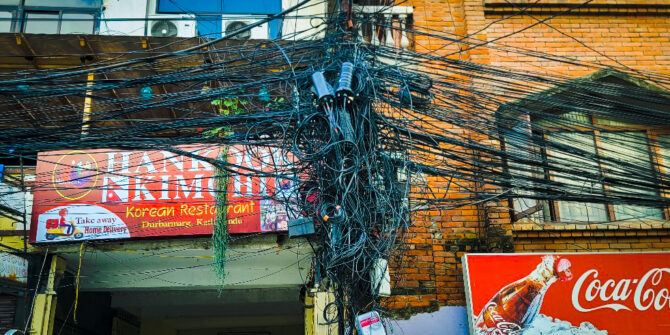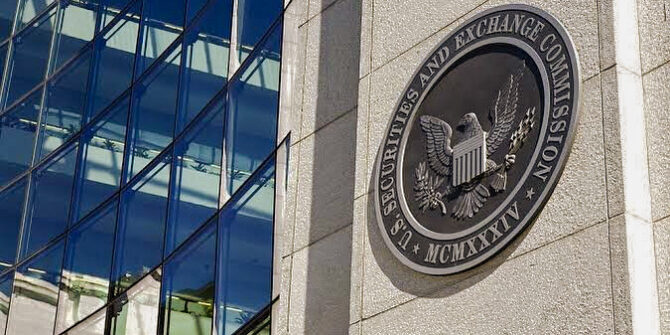
One hundred and forty three years after Thomas Edison received his patent for the incandescent lamp, the most important invention in history, illuminating the way for the universal use of electric light, last Friday the U.S. Department of Energy finalized new energy efficiency standards for general service lamps, which include the most common types of residential and commercial lightbulbs, having the practical effect of phasing out compact fluorescent light bulbs and what remnants of incandescent bulbs still remain, replacing them with more energy efficient LEDs.
It is not just the phenomenon that a glass bulb produces light from electricity, and as a consequence improves safety in dark places, allows students to study after dark, permits people to work at night, but so much more.
We believe that when light appears, darkness will always disappear since darkness does not really exist in and of itself. That metaphor has roots in Genesis when God’s first act is separating darkness and light so today it is not surprising that this act by one government is drawing much scrutiny.
DOE had already implemented minimum lightbulb efficiency levels that effectively banned incandescent bulbs, in furtherance of the Energy Policy and Conservation Act, which set energy levels that could not be met by energy inefficient incandescent bulbs. Last Friday’s standards, which reflect that 2007 statute’s mandate to regularly review efficiency standards, as authorized by Congress are more likely to withstand any judicial challenge, set efficiency levels that can be met by a broad variety of widely available Light Emitting Diodes (LEDs) but not by Compact Fluorescent Lamps (CFLs). CFLs, once hailed as the next big thing in energy efficient lighting, have seen their day in the sun. LEDs are already gaining market share because they provide longer lifespans and lower electricity usage, and unlike CFLs do not contain mercury.
When this rule was first proposed in January 2023 we blogged, Ban the Light Bulb to Repair the World.
Accepting the politicization of this final rule, the White House said, “over 30 years [.. really?], these updated standards will save Americans more than $27 billion on their utility bills and cut 70 million metric tons of dangerous carbon dioxide emissions, equivalent to the combined annual emissions of over 9 million homes.”
Specifically, this final rule will raise the efficiency level from 45 lumens per watt to more than 120 lumens per watt for the most common lightbulbs. Manufacturer compliance with the efficiency standards being adopted today will be required from July 25, 2028, and will apply to newly produced or imported general service lamps, not affecting continued consumer use and purchase of bulbs already manufactured; so, the federal government is not coming for your lightbulbs, but you are going to have to replace light fixtures and should likely begin that now.
With more hyperbole, DOE claims the energy savings from these standards over 30 years of shipments is approximately 4 quadrillion British thermal units, which represents a savings of 17% relative to the status quo of lightbulb energy use.
We all know, having burned our fingers on a hot light bulb, even modern incandescent bulbs (that were phased out beginning in 2007) were not energy efficient with less than 10% of electricity supplied to the bulb being converted into visible light. The remaining energy is lost as heat and a pendant percentage of GHG emissions are squandered, however, cumulatively U.S. EPA has estimated those emissions at less than 1% of total emissions, which begs the question of the economic and environmental costs of complying with this new government mandate?
But of import, we have not been able to identify a single manufacturer of LED bulbs for home or business elimination anywhere in North America; which is not surprising given that nearly 94% of that manufacturing is in China.
Last Friday DOE issued the pre-publication Federal Register final rule. The effective date of this rule is 75 days after the notice has been published in the Federal Register. Compliance with the amended standards is required on and after July 25, 2028.
We should not lose sight of the fact that the purpose of a light bulb is to produce light from electricity, something that has literally improved the lives of nearly every man, woman, and child on the planet by eliminating our dependence on Earth’s rotation for natural light. Many will lament the end of the era of light bulbs and even more will question the role of one nation’s government banning such an important technology.
All of that observed, in 2024 there is nothing wrong with doing that better than Thomas Edison in 1860, with LEDs, and repairing the planet.
__________________
Join us for our upcoming Strafford live webinar, “Greenhouse Gas Emission Laws Now Impact Commercial Leases” on Thursday, May 2, at 1 pm ET. Click this link for more information.









